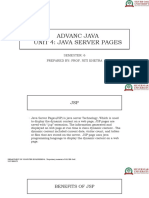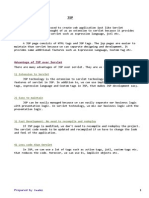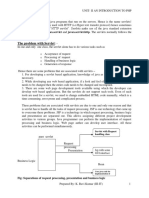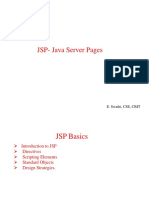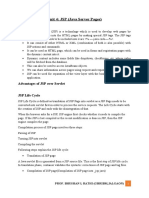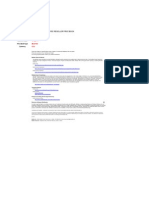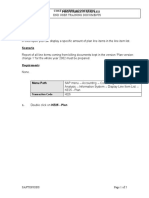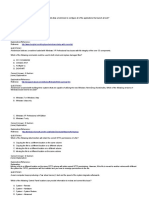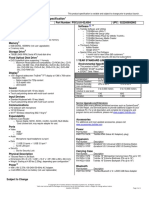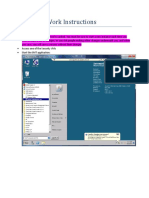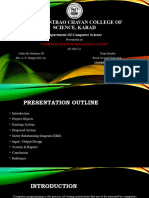0% found this document useful (0 votes)
19 views37 pages10 Lecture JSP
Java Server Pages (JSP) enable the embedding of Java code in HTML to create dynamic web pages, separating application logic from presentation. JSP was developed in response to Microsoft's ASP, featuring user-defined tags and a structure that allows for easy integration with JavaBeans. Key elements of JSP include scriptlets, expressions, directives, and standard actions, which facilitate the generation of dynamic content and interaction with Java components.
Uploaded by
Priyanshu RajCopyright
© © All Rights Reserved
We take content rights seriously. If you suspect this is your content, claim it here.
Available Formats
Download as PDF, TXT or read online on Scribd
0% found this document useful (0 votes)
19 views37 pages10 Lecture JSP
Java Server Pages (JSP) enable the embedding of Java code in HTML to create dynamic web pages, separating application logic from presentation. JSP was developed in response to Microsoft's ASP, featuring user-defined tags and a structure that allows for easy integration with JavaBeans. Key elements of JSP include scriptlets, expressions, directives, and standard actions, which facilitate the generation of dynamic content and interaction with Java components.
Uploaded by
Priyanshu RajCopyright
© © All Rights Reserved
We take content rights seriously. If you suspect this is your content, claim it here.
Available Formats
Download as PDF, TXT or read online on Scribd
/ 37





